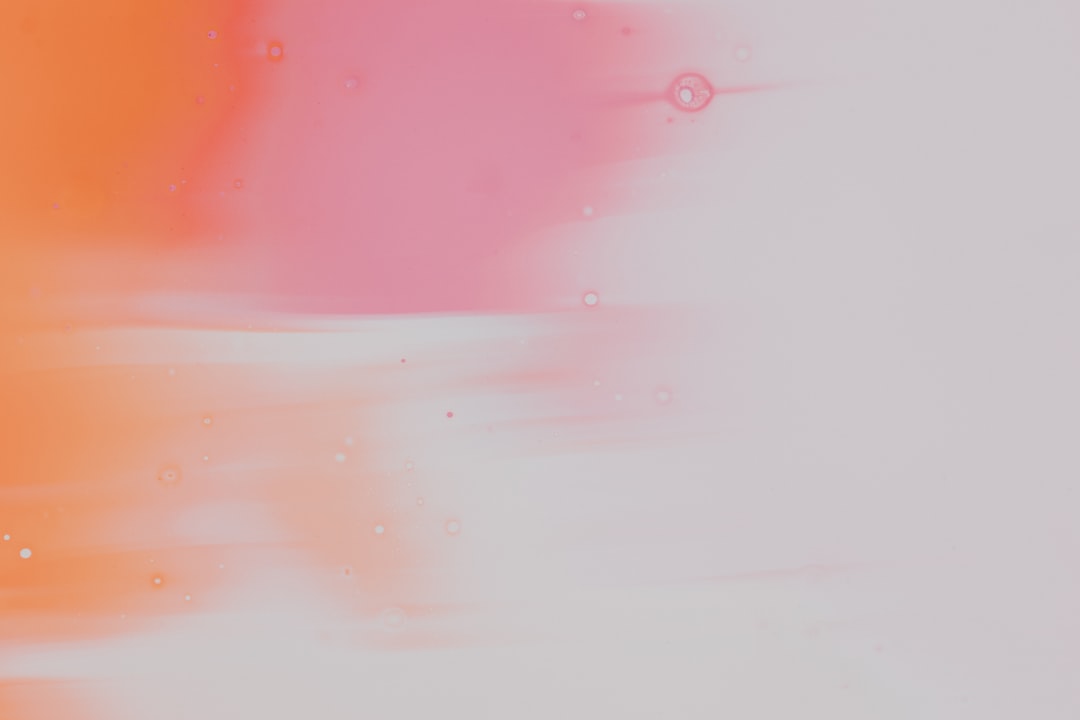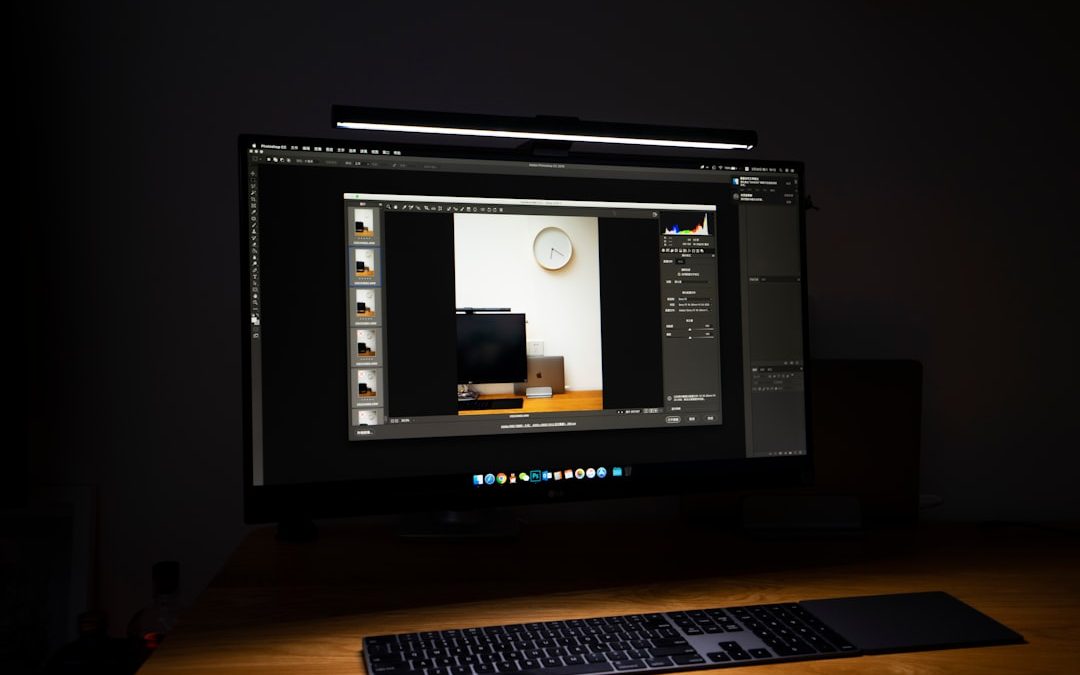In recent years, AI image generators have revolutionized the creative landscape, providing artists, marketers, designers, and content creators with powerful tools to translate their vision into stunning visuals. These models use sophisticated algorithms and machine learning to generate high-quality images based on textual prompts. With a growing number of models and subscription plans available, choosing the right one can be a daunting task. This guide aims to help creators make informed decisions by offering a comprehensive overview of leading AI image generators, key features to consider, and tips for selecting the most suitable pricing plan.
The Importance of Choosing the Right AI Image Generator
Not all AI image generators are created equal. Their capabilities, outputs, pricing structures, and areas of specialization can vary significantly. Whether you’re a freelance illustrator, a marketing professional, or a content creator on a budget, selecting the right tool involves weighing performance, cost, style compatibility, and usage rights.
Failing to choose the appropriate model could lead to subpar outputs, expensive subscription costs, or even legal complications from unclear licensing terms. That’s why understanding what each model offers—and what you need—is vital.
Top AI Image Generators in 2024
Here are some of the most popular and reliable AI image generators that creators are using today:
- Midjourney: Known for producing highly detailed and artistic images, making it a favorite among professional designers and digital artists.
- DALL·E 3 (OpenAI): Offers natural image composition with advanced prompt comprehension, suitable for professional and casual use.
- Stable Diffusion: Open-source and highly customizable, ideal for technically inclined users who value flexibility.
- Adobe Firefly: Integrated with Adobe Creative Cloud, it appeals to graphic designers and professionals who already use Adobe products.
- Dream by Wombo: User-friendly and effective for quick creative production, suitable for casual creators and social media users.

Key Features to Assess
When evaluating AI image generators, it’s essential to consider several core aspects that directly impact your workflow, quality of the output, and long-term usability:
1. Image Quality and Style
Different models produce different aesthetics. Midjourney leans toward surreal, painterly visuals, while DALL·E aims for realistic or editorial imagery. Examine sample outputs from various platforms to decide which aligns best with your intended style or brand voice.
2. Prompt Accuracy
The more accurately an AI can interpret and deliver on your text prompt, the better the results. Platforms like DALL·E 3 have made significant strides in natural language understanding, which increases creative control for users. Prompt precision also reduces revisions and saves time.
3. Output Resolution
Some platforms limit resolution, while others offer high-definition or even vector-based output. If you’re creating print-grade artwork or detailed visual assets for a professional portfolio, ensure the model supports output at your required resolution.
4. Customization and Control
Advanced users might want models that allow fine-tuning—such as changing seed values, controlling diffusion steps, or integrating third-party models. Open-source generators like Stable Diffusion offer this level of granular control, while others like Wombo are more generalized.
5. Content Safety and Moderation
Check if the platform has filters or moderation systems to prevent harmful or inappropriate content generation, especially if your work is intended for public or younger audiences.
6. Licensing and Commercial Use
Perhaps the most critical consideration: what can you do with the images? Some platforms grant full commercial rights, others restrict use to non-commercial purposes unless you upgrade your subscription. Always read the fine print to avoid future complications.
Pricing Plans and Tier Structures
AI image generation platforms typically offer tiered subscription models, catering to a range of user needs. Understanding how these plans are structured can help you avoid paying for features you don’t need—or being under-supported for your creative goals.
- Free Tier: Offers limited usage per day or per month, usually with watermarked images or lower resolution.
- Creator/Individual Tier: Suitable for freelancers and hobbyists. Provides higher generation limits, ad-free access, and enhanced image quality.
- Professional/Studio Tier: Designed for agencies and full-time creators. Offers batch processing, team collaboration features, priority access to new features, and commercial-use licenses.
- Enterprise Tier: Customizable plans for businesses requiring API integration, private deployments, or brand-specific training data.
Keep in mind that prices can vary widely. While some plans start around $10/month for individual use, professional tiers may exceed $50 or more depending on the scope and output capacity.

Matching the Model to Your Needs
Here are some creator profiles and recommended image generators suited for their specific requirements:
- Digital Illustrators: Consider Midjourney for its painterly style and creative diversity.
- Marketing Professionals: Try DALL·E 3 for attention-grabbing campaign visuals and product imagery.
- Social Media Creators: Dream by Wombo offers speed and ease, perfect for generating visuals on the go.
- Developers and Tech-Savvy Users: Stable Diffusion gives full control and open-source freedom.
- Designers in the Adobe Ecosystem: Adobe Firefly integrates seamlessly with existing tools like Photoshop and Illustrator.
Important Considerations Before Committing
Before choosing a plan, take the following steps to ensure the decision aligns with both your short-term projects and long-term goals:
- Use Free Trials: Most platforms offer limited trials. Use them to test image quality and responsiveness.
- Read the Terms Carefully: Especially when generating for commercial use or working with sensitive themes.
- Join User Communities: Online forums and Discord channels provide insights into workflows, model updates, and user tips.
- Prioritize Scalable Solutions: If your needs might grow, opt for models that allow seamless upgrades in plan tiers and functionalities.
The Future of AI Image Generation
The AI image generation field is evolving rapidly. New models are emerging with more realistic rendering, better human anatomy rendering, and multi-image integration capabilities. Moreover, some platforms are working on bridging AI with video creation and 3D modeling. Staying updated on these developments can give your creative arsenal a long-lasting competitive edge.

Final Thoughts
Choosing the right AI image generator and subscription plan is not just a financial decision—it affects your creative workflow, content quality, and brand image. By thoroughly evaluating the capabilities, licensing terms, pricing, and community support offered by each model, you can make a choice that supports your vision, maximizes your productivity, and respects your budget. As AI technologies continue to reshape the creative industries, one of the most empowering decisions a creator can make is selecting a tool that truly amplifies their voice and imagination.
yehiweb
Related posts
New Articles
The Polyglot Platform: Taking Your WordPress Site Global with AI Bud
The English-speaking web is saturated. For every keyword you try to rank for in the US or UK, there are…


